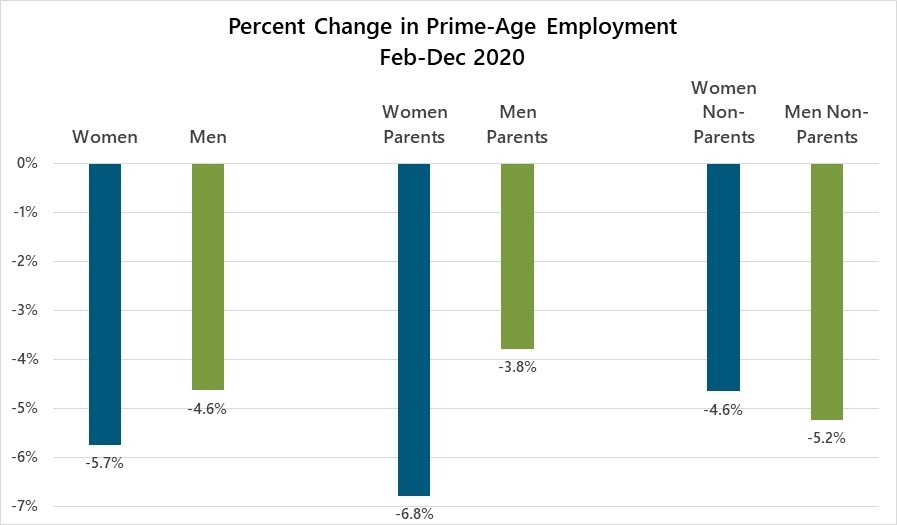European Commission Proposes Conditional Foreign Aid to Address Migration
Introduction
The European Commission has proposed a new approach to foreign aid funding in its blueprint for the 2028-2035 budget cycle. The plan emphasizes linking financial assistance to poorer countries with their cooperation in reducing migration flows. This strategy aligns with several Sustainable Development Goals (SDGs), particularly those related to sustainable cities and communities (SDG 11), reduced inequalities (SDG 10), and partnerships for the goals (SDG 17).
Key Proposal Details
- Conditional Funding: The Commission suggests potentially cutting funds to countries that do not contribute effectively to managing migration. This represents a significant shift from the EU’s current aid model, which typically provides assistance without stringent conditions.
- Flexible Incentive Approach: The plan involves combining various tools and leverage mechanisms, including possible changes in the allocation of migration-related funding, to encourage partner countries to align with EU migration objectives.
- Political Context: Commission President Ursula von der Leyen’s proposal responds to pressure from the center-right European People’s Party and a coalition of countries from Italy to Denmark, aiming to replicate and expand the controversial 2023 EU migration deal with Tunisia to other African nations.
Alignment with Sustainable Development Goals
- SDG 10 (Reduced Inequalities): By incentivizing partner countries to manage migration effectively, the EU aims to address inequalities that drive migration pressures.
- SDG 11 (Sustainable Cities and Communities): Managing migration flows supports the development of sustainable urban environments both within the EU and in partner countries.
- SDG 16 (Peace, Justice, and Strong Institutions): Enhanced coherence between migration, asylum, and external policies promotes stronger governance and institutional frameworks in partner countries.
- SDG 17 (Partnerships for the Goals): The proposal underscores the importance of international cooperation and partnerships to achieve shared migration management objectives.
Challenges and Political Considerations
- The proposal faces opposition from left-leaning groups such as the Socialists and Democrats and the Greens, whose support is essential for the approval of the new budget in the European Parliament.
- Convincing these skeptics will be critical to implementing the conditional funding approach and ensuring that the EU’s external assistance effectively supports sustainable migration management.
Conclusion
The European Commission’s plan to condition foreign aid on migration cooperation marks a strategic shift aimed at enhancing the effectiveness of external assistance. By integrating migration management with broader development goals, the proposal seeks to advance multiple Sustainable Development Goals while addressing complex migration challenges. The success of this approach will depend on political consensus within the EU and the willingness of partner countries to engage in collaborative migration governance.
1. Sustainable Development Goals (SDGs) Addressed or Connected
- SDG 10: Reduced Inequalities – The article discusses cutting funds to poorer countries based on their cooperation in reducing migration flows, which relates to addressing inequalities between countries.
- SDG 16: Peace, Justice and Strong Institutions – The focus on migration management, asylum policies, and external assistance aligns with promoting peaceful and inclusive societies and effective institutions.
- SDG 17: Partnerships for the Goals – The EU’s external assistance and cooperation with partner countries, such as the deal with Tunisia, highlight international partnerships to achieve sustainable development.
2. Specific Targets Under Those SDGs
- SDG 10
- Target 10.7: Facilitate orderly, safe, regular and responsible migration and mobility of people, including through implementation of planned and well-managed migration policies.
- SDG 16
- Target 16.6: Develop effective, accountable and transparent institutions at all levels.
- Target 16.b: Promote and enforce non-discriminatory laws and policies for sustainable development.
- SDG 17
- Target 17.9: Enhance international support for implementing effective and targeted capacity-building in developing countries to support national plans to implement all the SDGs.
- Target 17.16: Enhance the global partnership for sustainable development, complemented by multi-stakeholder partnerships.
3. Indicators Mentioned or Implied to Measure Progress
- Migration Flow Metrics – The article implies measuring migration flows from partner countries as a key indicator to assess cooperation and effectiveness of policies.
- Allocation of Funding – Changes in the allocation of EU funding related to migration can serve as an indicator of compliance and progress.
- Coherence Between Policies – The degree of coherence between migration, asylum, and external policies can be monitored as an indicator of integrated policy implementation.
- Partnership Effectiveness – Success of deals like the EU-Tunisia agreement can be measured by reductions in migrant departures and improved management capacity in partner countries.
4. Table: SDGs, Targets and Indicators
| SDGs | Targets | Indicators |
|---|---|---|
| SDG 10: Reduced Inequalities | 10.7: Facilitate orderly, safe, regular and responsible migration and mobility of people. | Migration flow metrics from partner countries; changes in funding allocation based on migration cooperation. |
| SDG 16: Peace, Justice and Strong Institutions |
16.6: Develop effective, accountable and transparent institutions. 16.b: Promote and enforce non-discriminatory laws and policies. |
Coherence between migration, asylum, and external policies; enforcement of migration-related laws and policies. |
| SDG 17: Partnerships for the Goals |
17.9: Enhance international support for capacity-building in developing countries. 17.16: Enhance global partnerships for sustainable development. |
Effectiveness of international agreements (e.g., EU-Tunisia deal); capacity-building outcomes in partner countries. |
Source: politico.eu







